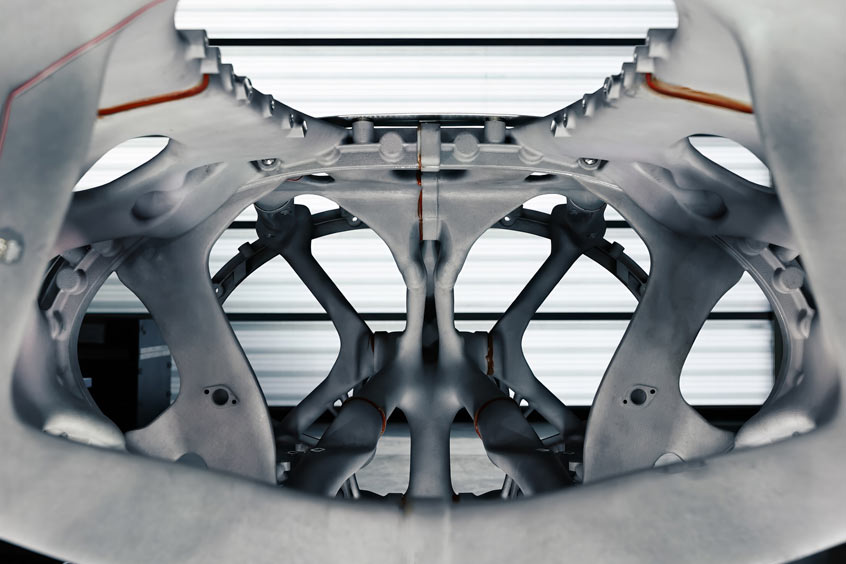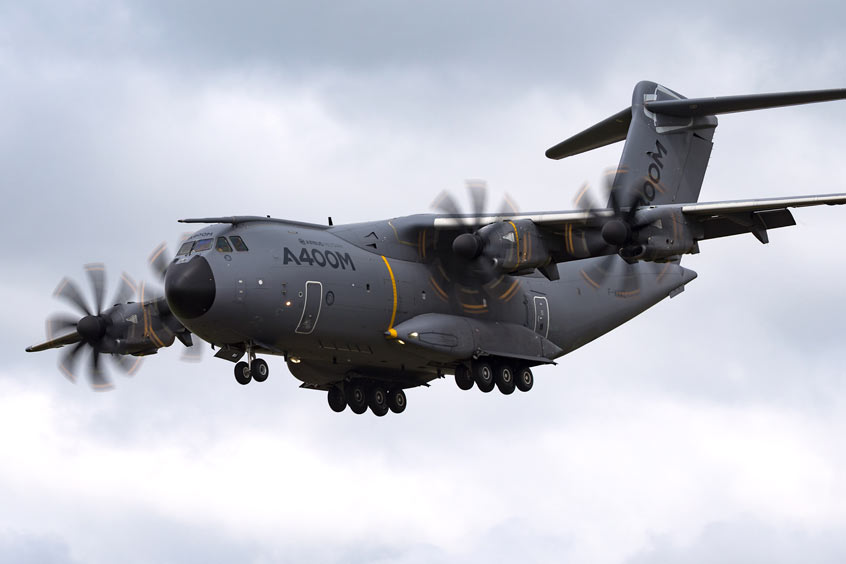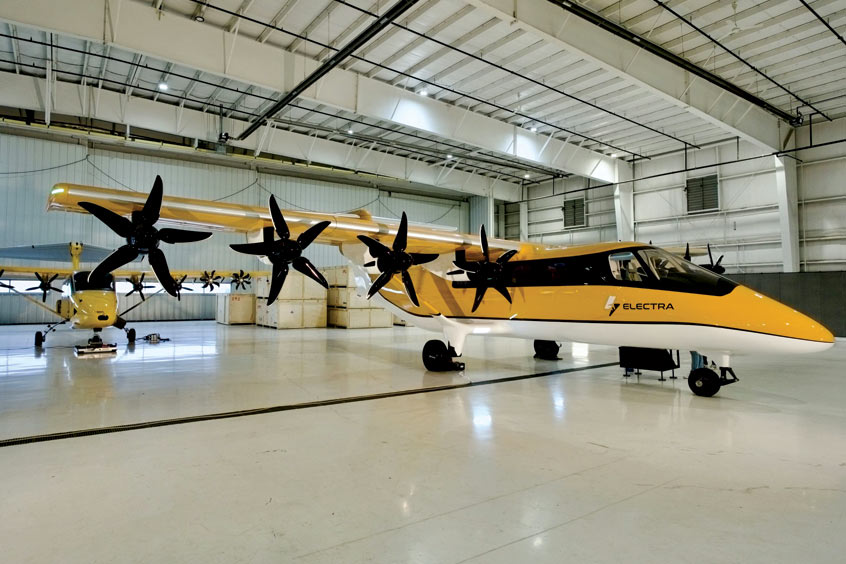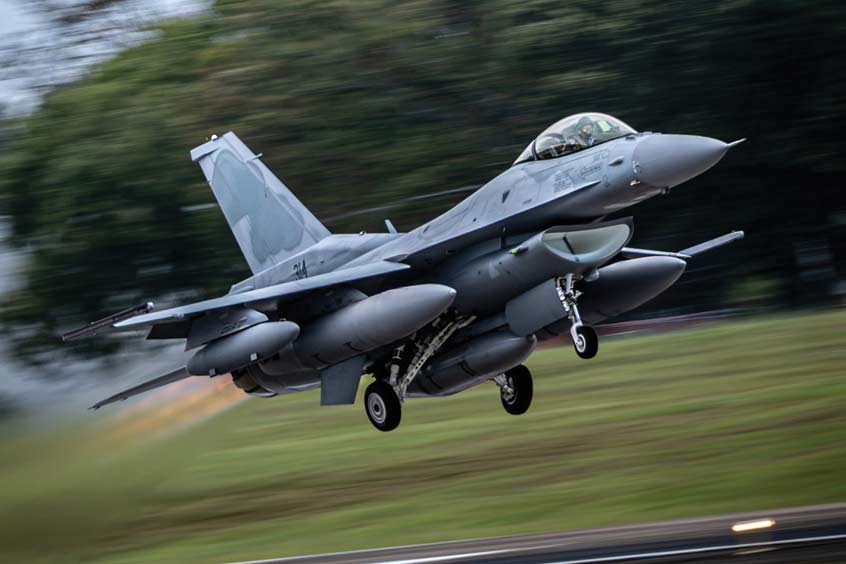PRESS RELEASE
Issued by: VerdeGo Aero
VerdeGo Aero announces specifications for the VH-3-185 hybrid electric genset for electric aircraft.
The VH-3-185 is VerdeGo's third generation hybrid-electric hardware, and it is the first generation to be slated for large-scale production and certification as a product line. The common challenge in electric flight is to provide sufficient on-board electrical energy to enable both highly-useful missions and sufficient reserve energy to comply with operational regulations. The VH-3 enables airframers to design electric aircraft that can very efficiently convert jet fuel to electrons, opening the door to a wide array of new aircraft configurations feasible for robust commercial missions.
The core hybrid unit is a tightly integrated powerplant that includes the engine, generator/motor, power electronics, and cooling systems. With 185kW of output and the ability to be installed alone, in pairs, and with a battery pack, this system can be configured to deliver peak burst power up to 1MW and continuous power up to 370kW. The VH-3 system is applicable in a wide array of VTOL, CTOL, and STOL aircraft types.
"Electrification enables new aircraft designs and new missions by giving airframers the freedom to position propulsors to maximise aerodynamics, control, and safety. The key to enabling these benefits is an efficient hybrid powerplant that makes the aircraft extremely capable in an operational environment. The VH-3-185 is the culmination of years of research into making electrification practical and useful," says Dr. Pat Anderson, Chief Technology Officer of VerdeGo Aero.
The diesel engine inside the VH-3 is an exclusive variant of the certified SMA SR-305 that is developed for VerdeGo's hybrid systems. The VH-3's diesel-hybrid architecture is compatible with globally-available jet fuel or biofuel substitutes. This configuration provides compatibility with existing fuel infrastructure and eliminates landing pad delays inherent with electric charging. In many cases, hybrid aircraft using the VH-3 can be designed to carry sufficient fuel to operate multiple back-to-back missions, both increasing utilisation of the aircraft and eliminating the need for new energy infrastructure altogether at some landing sites.
Electric aircraft are typically designed for low operating cost, low noise, and low emissions. Compared with turbine hybrids, the VH-3-185 has significantly lower operating costs and emissions due to its 40% better fuel economy and lower overhaul costs, all while being significantly quieter. When compared to state of the art batteries, the VH-3-185 typically delivers a 4X to 7X increase in endurance while also having lower operating costs due to the amortized per-flight cost of large, life-limited battery packs that may need frequent replacement.
Chief Executive Officer Eric Bartsch says, "The VH-3 hybrid system is designed to be compatible with the rationale for electrification, allowing airframers to develop hybrid-electric aircraft with mission capabilities that may not be available for 20 years in the battery-electric market, while enabling compliance with Part 91 or Part 135 energy reserve requirements for safe flight planning."
The VH-3 has been designed to provide VerdeGo's customers with maximum flexibility to select the powertrain architecture that best fits their airframe. The unit can be installed in configurations that enable multiple operating modes including:
- Providing 185kW of electrical power to arrays of electric propulsion motors and/or onboard battery packs in a series-hybrid architecture
- Directly driving a prop/rotor with up to 185kW of shaft power from the diesel engine in a parallel-hybrid architecture*
- Operating the generator as a motor powered by an onboard battery pack to provide up to 185kW from the generator in a parallel-hybrid architecture*
- Directly driving a prop/rotor with less than 185kW while sending the balance of the power from the diesel engine to power distributed electric power arrays, active aerodynamics, onboard systems, and/or battery packs*
- Operating in "burst power" mode delivering the combined output of the diesel engine and the generator (operating as a motor powered by an onboard battery pack) for up to 370kW of shaft power*
* An optional shaft power output is available for configurations requiring both electrical and mechanical power output from the VH-3. VerdeGo Aero's team has unparalleled experience with multiple generations of full-scale aerospace hybrid systems that can be leveraged to accelerate our customers' development of new aircraft types. Whether your organization needs electric powertrain design, conceptual aircraft analysis, assistance with systems testing, or a third-party neutral perspective on design tradeoffs, VerdeGo Aero is poised to meet your electric aircraft powertrain and aircraft development needs.
| Contact details from our directory: | |
| VerdeGo Aero | Electric Drives, Electric Engines |
| Related directory sectors: |
| Power Transmission |
| Engines |
Weekly news by email:
See the latest Bulletin, and sign up free‑of‑charge for future editions.

Saab advances digital manufacturing with autonomous fuselage

Airbus deploys Stratasys printed parts for A320, A350 and A400M

Electra kicks off Part 23 application for hybrid-electric EL9
